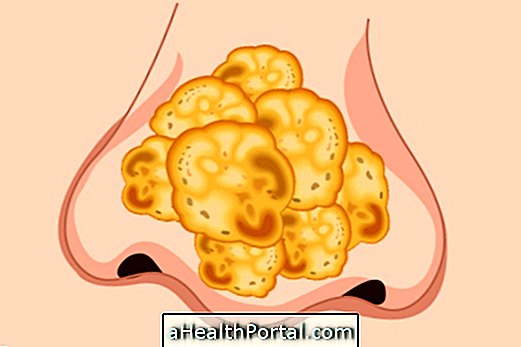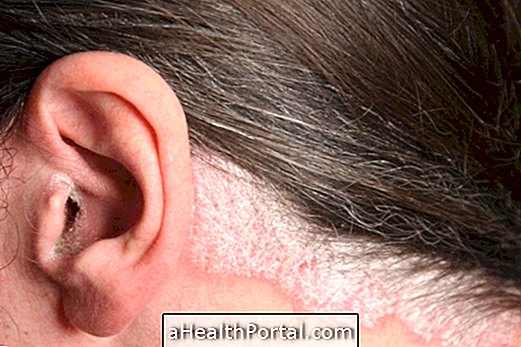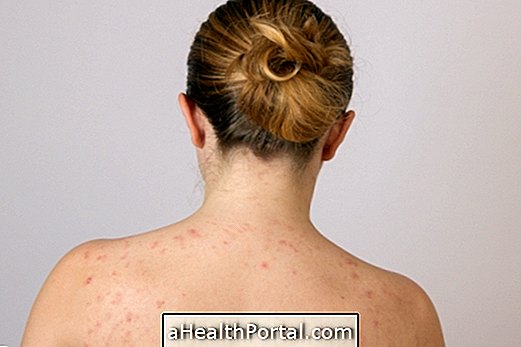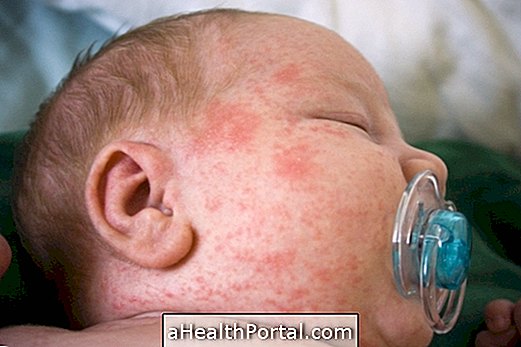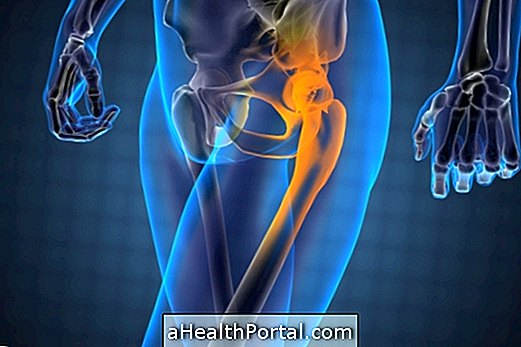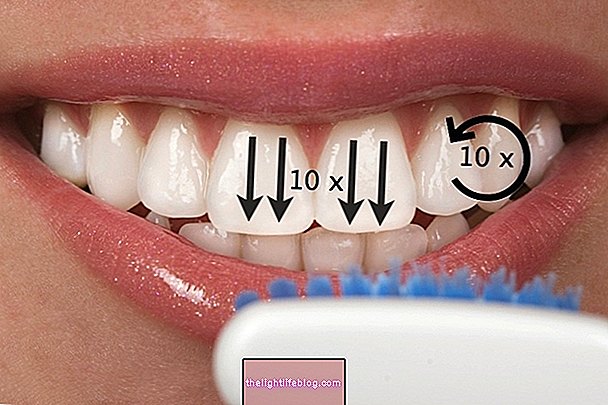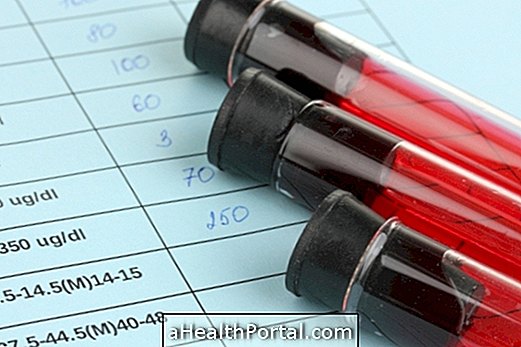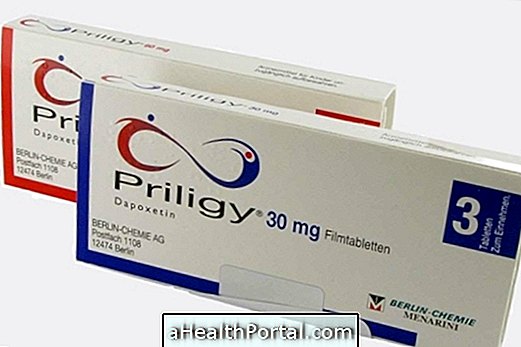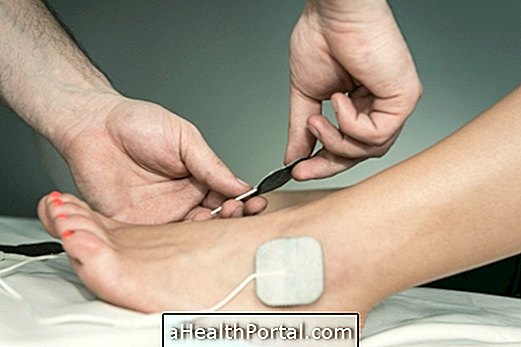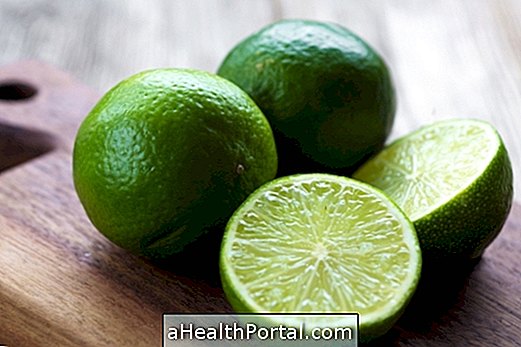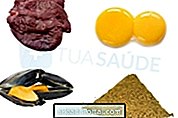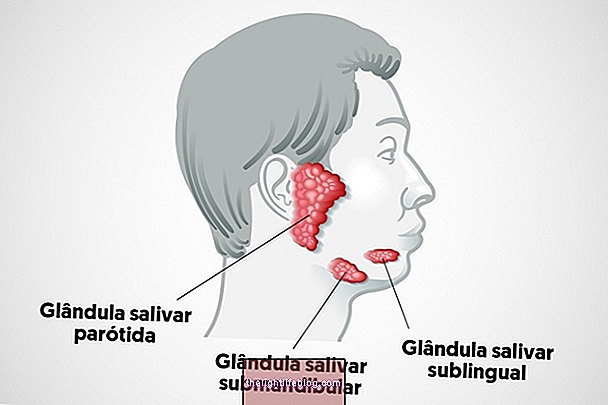The treatment for Nevus Verrucous, also known as epidermal nevus inflammatory verrucous linear or Nevil, is made with corticosteroid, vitamin D and tar remedy to try to control and eliminate wounds. However, this disease is difficult to control because the lesions on the skin are resistant and often reappear frequently.
In addition, treatment such as liquid nitrogen cryotherapy, carbon dioxide laser therapy, or surgical treatment may be used to remove the affected portion of the skin. See how laser therapy is done.
Symptoms
Nevo Verrucoso is a disease of genetic origin that usually appears during the first year of life and affects mainly women, being characterized by the following symptoms:
- Skin lesions reddish or brownish;
- Velvety or wart-like wounds;
- Itching;
- Increased sensitivity at the site.
These skin lesions grow into adolescence, but not always the patient has symptoms of itching and increased sensitivity. In general, wounds appear in only one location on the skin, but in the most severe cases they can reach the entire limb or more of a region of the body.
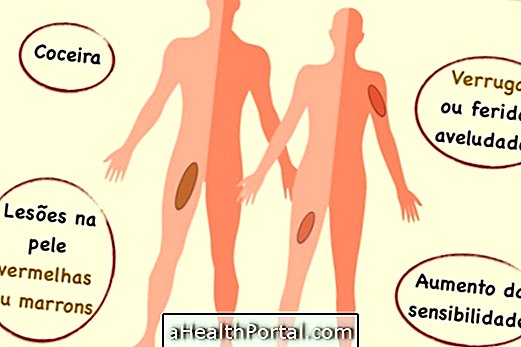
Complications
In rare cases, in addition to affecting the skin, Nevus Verrucous can also cause Epidermal Nevus Syndrome, in which the patient also presents convulsions, speech delay, delayed mental development, problems in vision, bone and coordination of movements.
These complications happen because the disease can reach nerves and blood vessels of the body, harming the proper development of other systems.
Diagnosis
The diagnosis of Verrucous Nevus is based on the clinical evaluation of the patient's symptoms and examination of the skin wounds, in which a small sample of the wound is removed for evaluation under the microscope.
